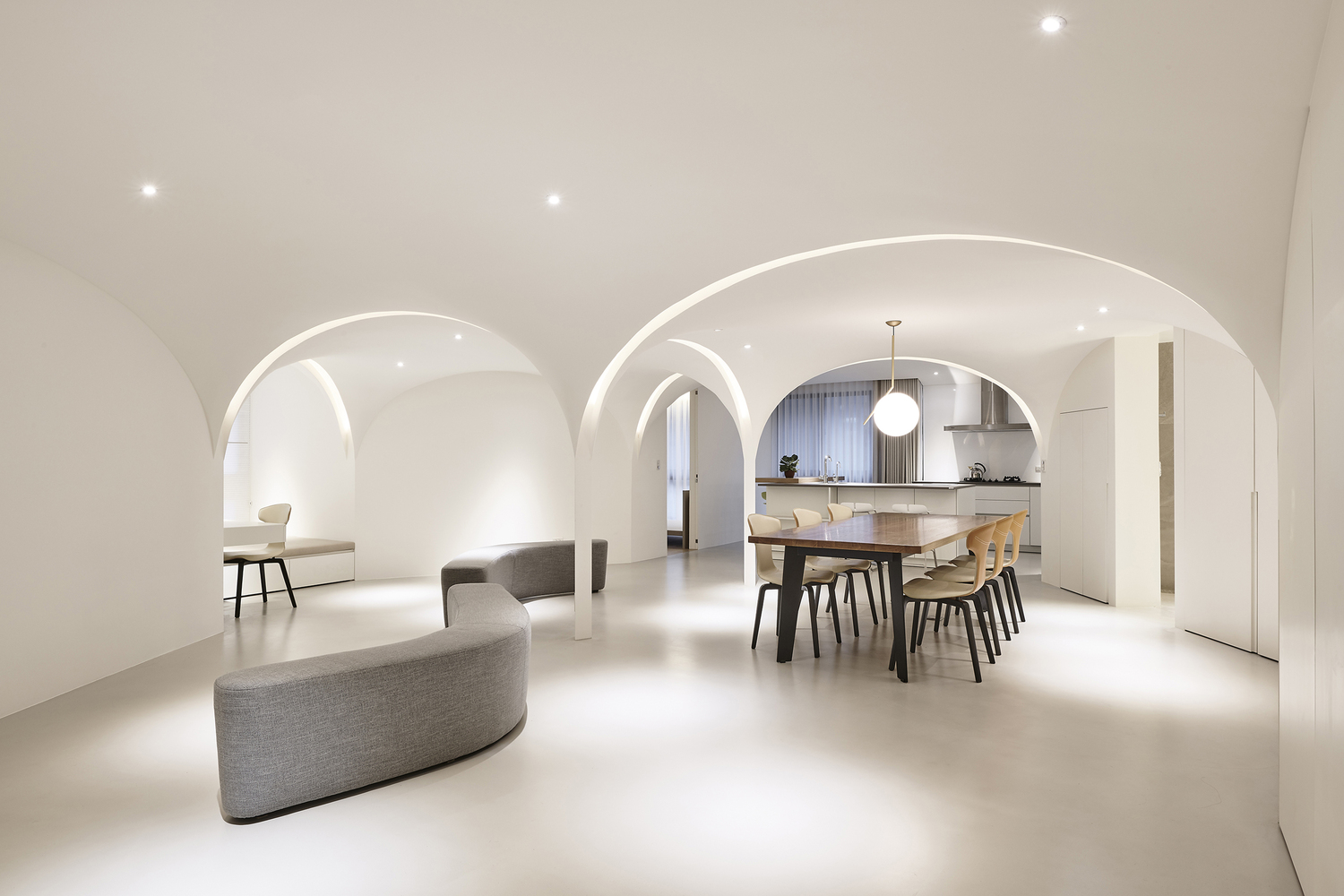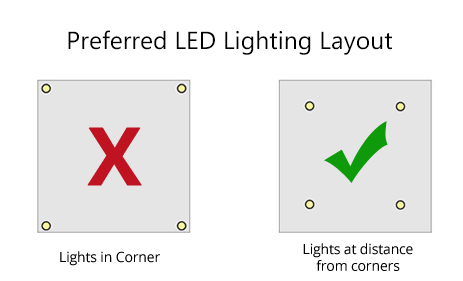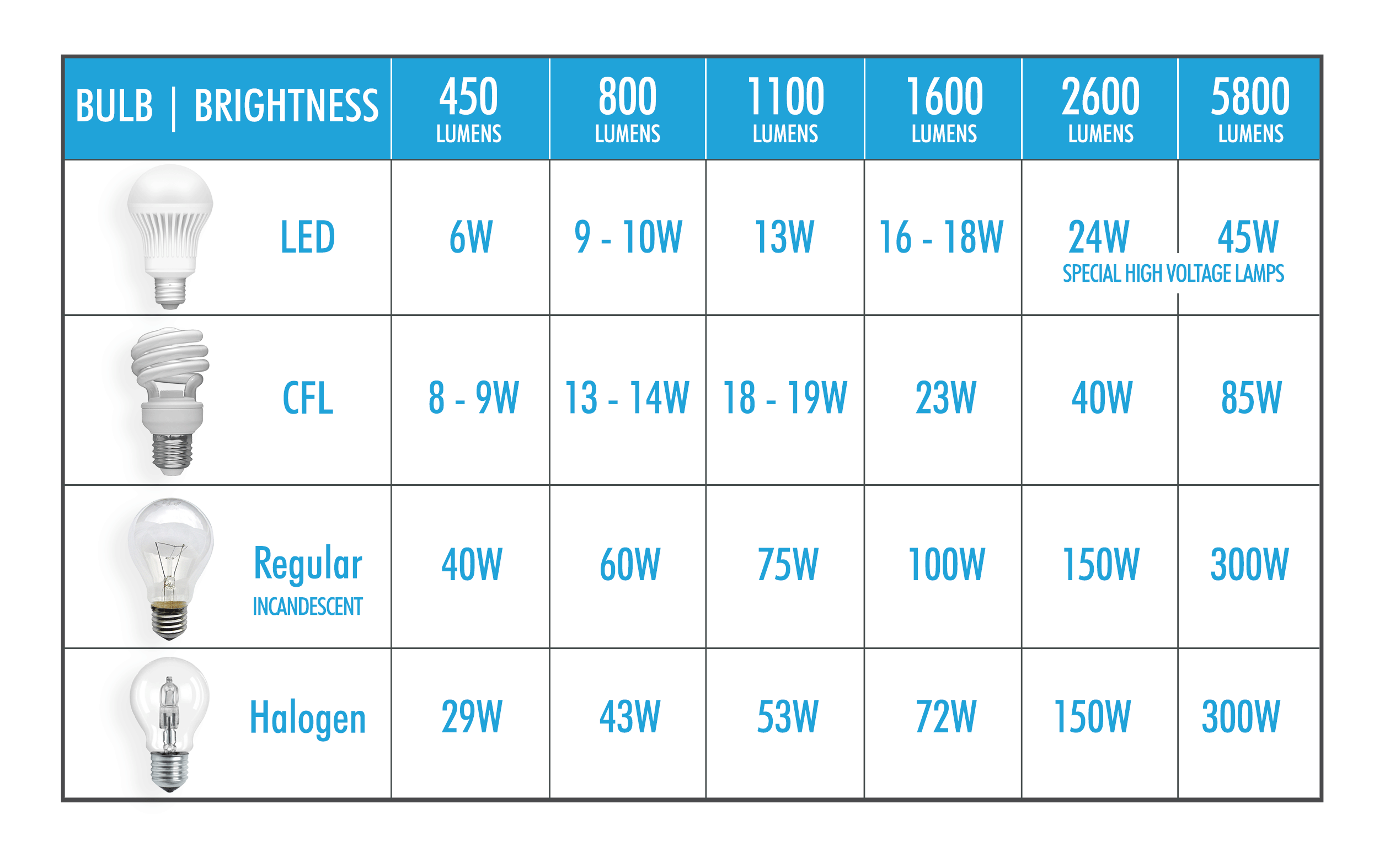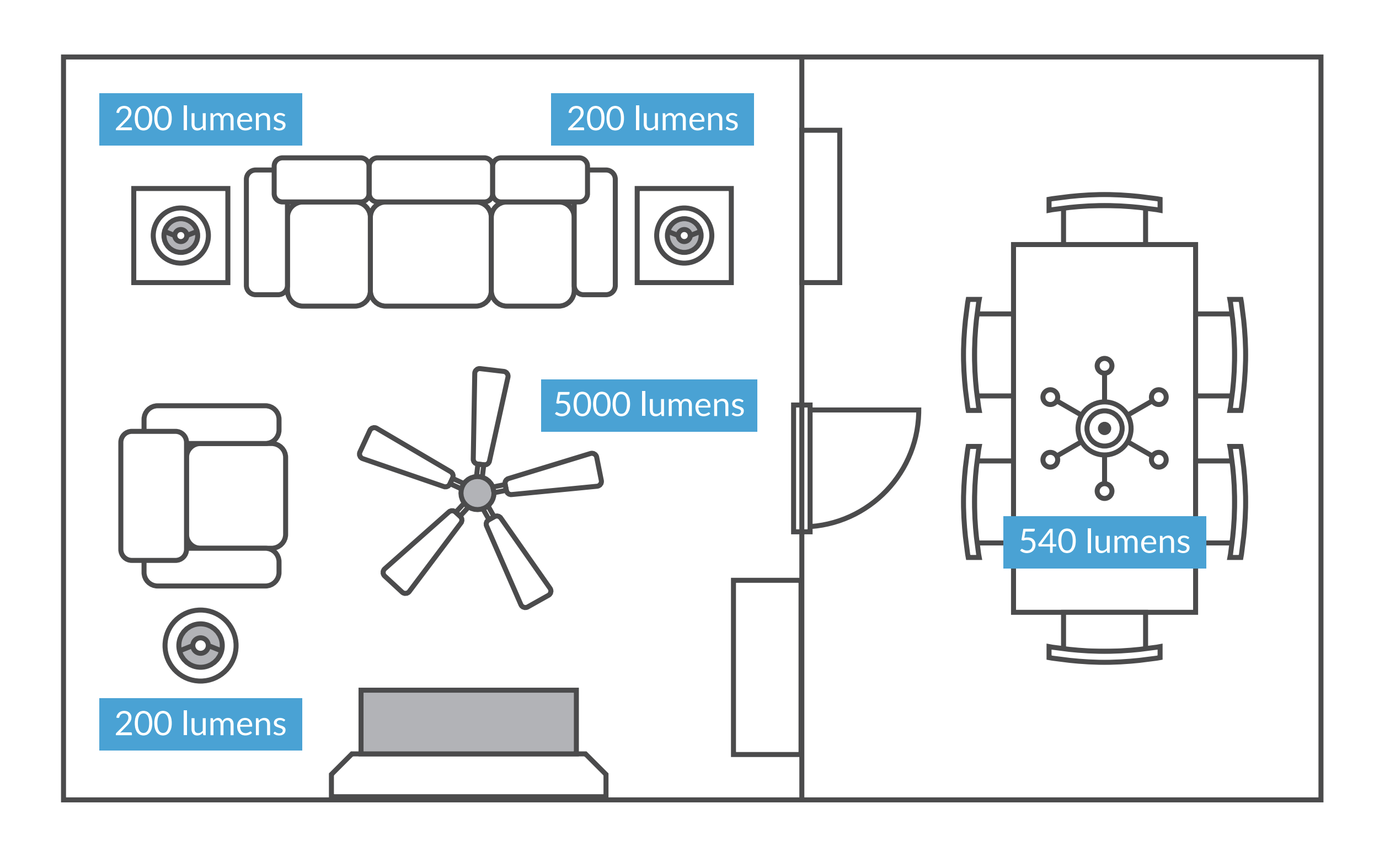
Have you ever wondered how many LED lights, or LED lumens, you need to light a room?
A lumen is a lumen. So, strictly speaking, 600 LED lumens provides the same amount of light as 600 incandescent lumens.
Though it’s true that a lumen is simply a unit of measurement, one can argue that, because LED lights provide a higher Color Rendering Index (CRI), one could use less lumens and see with the same clarity.
How much light is enough? The question itself may be challenging and, when faced with having to calculate how much LED lighting you need to create a well lit space, it can get even more complicated. Here’s how to determine how many lumens you need to properly light a space.
Key Terms
Lumens
Lumen output, also known as brightness or light output, is a measure of the total quantity of visible light emitted by a light source per unit of time, weighted according to the human eye’s sensitivity to wavelengths of light, the study of which is known as luminous efficiency function. The reference point: a standard 100-watt incandescent light bulb produces about 1,500 – 1,700 lumens.
Watts
Not a measure of brightness; instead, it’s a measure of how much electricity (or energy) a light bulb consumes to reach its claimed brightness. Each type of light source, LED, fluorescent, halogen or incandescent has a different lumen-per-watt ratio. Below we’re going to use lumens as a measurement to make sure we have enough light for a space.
Wattage Equivalence
Since we’ve conflated watts and lumens, it’s easier to talk about bulbs in terms of watts. So if a 100-watt incandescent produces 1,500 lumens, and a 10-watt LED does the same, the 10-Watt LED may advertise “100-watt equivalent” on its label.
Here’s a wattage equivalence chart, but note that lumen-per-watt ratios can range mildly, even from LED to LED products.
Efficacy
The number of lumens a bulb produces for each watt it consumes. The higher the number, the more efficient the bulb. For example, lighting products that have been designated with the ENERGY STAR label are deemed high efficacy, meaning they have been determined to deliver the same features while using less energy.
The Breakdown—How Much Light is Enough?
Determine Room Square Footage. Multiply the length times the width of the room to get the room square footage. For example, if the room is 10 feet wide and 10 feet long, the room square footage will be 100 square feet.
Determine the Foot Candles by Room Type or Room Purpose. A foot-candle is how bright a light is one-foot away from its source. Lighting requirements/needs vary depending on the type of room being lit. For example, a bathroom or kitchen will require more foot-candles than a living room or bedroom.
Suggested Foot Candles Needed By Space
| Commercial Requirements |
| Room | Foot Candles Needed |
| Offices: Average Reading and Writing | 50-75 |
| Offices: Hallways | 10-20 |
| Offices: Rooms with Computers | 20-50 |
| Auditorium / Assembly | 15-30 |
| Hospitals: General Areas | 10-15 |
| Labs / Treatments Rooms | 75-100 |
| Libraries | 50-100 |
| Schools | 30-100 |
| Residential Requirements |
| Room | Foot Candles Needed |
| Living Room | 10-20 |
| Kitchen General | 30-40 |
| Kitchen Stove | 70-80 |
| Kitchen Sink | 70-80 |
| Dining Room | 30-40 |
| Bedroom | 10-20 |
| Hallway | 5-10 |
| Bathroom | 70-80 |
Determine the Needed Lumens
A lumen is a unit measurement of light. To determine the needed lumens, you will need to multiply your room square footage by your room foot-candle requirement. For example, a 100 square foot living room, which needs 10-20 foot-candles, will need 1,000-2,000 lumens. A 100 square foot dining room, which needs 30-40 foot-candles, will need 3,000-4,000 lumens.1 See PDF and complete foot candle index.
Summary
For the average space of 250 square feet, you’ll need roughly 5,000 lumens as your primary light source (20 lumens x 250 square feet). In your dining room, you’ll want about 30 lumens per square foot on your dining table (to see, not examine, food), so if your table is 6 x 3 feet, that’s 540 lumens.
Keep in mind, however, that these numbers are for typical conditions. If you have especially dark colored walls and furniture or if you’re using fixtures with shades, you’ll need roughly an additional 10 lumens per square foot. We based our calculations on 8-foot ceilings. Finally, personal preference will play the largest part in your decision. If you like the room to be especially bright, you may want to add an additional 10 to 20% to our numbers. In fact, the best approach for most spaces is to aim high and install dimmers to bring the light level down to desired levels.




